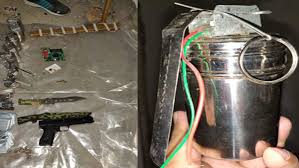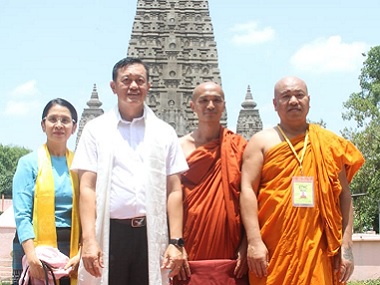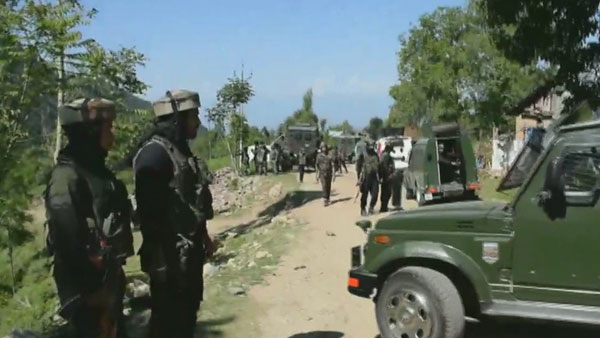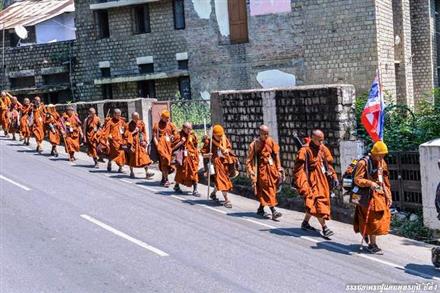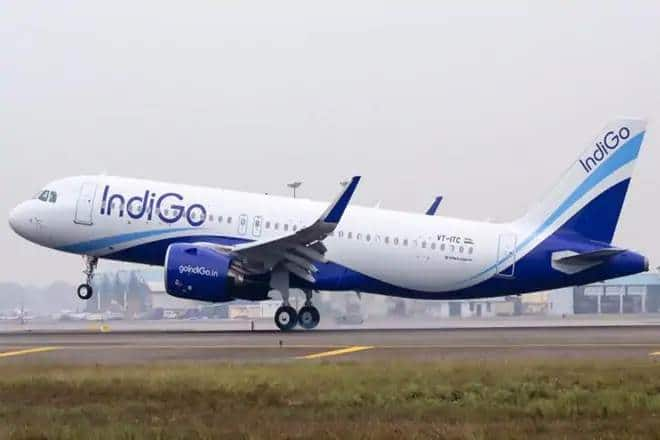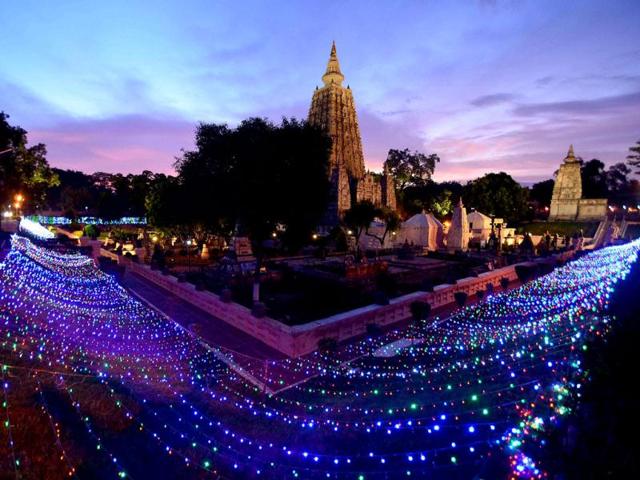Source: oneindia.com
New Delhi, July 10: Five fabricated hand grenades, one timer device, three electric circuits, suspected explosive substance, different components for making IEDs/rockets were recovered by the National Investigation Agency, following a confession of a Jamaat-ul-Mujahideen, Bangladesh operative, who was arrested in Bengaluru recently.
The recovery comes following the confession of the JMB operative, Habibur Rehman, who is also an accused in Burdwan blast case. The NIA said that these weapons were to be used in various terror acts in different parts of the state.
Rehman was arrested on June 25 in Bengaluru. He had been chargesheeted in the Burdwan blast case. Initially, he was shown as an absconder in the chargesheet.
NIA officials say that they are taking Rehman to various places in South India as they believe that the had travelled to several places with an intention of setting up modules and carrying out terror attack.
In this backdrop, one must re-visit the investigations into the January 2018 Bodhgaya blast. This attack was masterminded by a Bangladeshi terrorist against whom a death warrant was issued.
Secondly, the probe suggests that the incident at Bodhgaya was to rake up the Rohingya cause in India. Thirdly, the probe shows how terrorists from both Bengal and Bangladesh have made south India their playground.
The National Investigation arrested Mohammad Zahidul Islam alias Munna from a hideout near Bengaluru. NIA officials tell OneIndia that his arrest was carried out as investigations showed that he was the mastermind of the Bodhgaya incident.
The NIA got information about Islam following the arrest of Abdul Karim, a resident of Murshidabad and Mustafizur Rehman a resident of Birbhum, West Bengal. The duo were arrested from Mallapuram, when they hiding in a camp meant for Bengali speaking people.
The probe revealed that Islam was familiar with the Mallapuram camp and visited it several times. It was in fact he who made arrangements for the other accused persons to stay in this camp.
The arrest of Islam is a major breakthrough. He is an expert in bomb blasts and officials suspect that he had even trained the other accused in making the IEDs. In fact in Bangladesh, he was involved in several serial blast cases and also the attack on a police van in Trishal. He escaped from Bangladesh in 2014 and entered India through West Bengal, where he stayed for a while before re-grouping his JMB module.
In Bengal, he decided that he should carry out a series of attacks both in India as well as Bangladesh. He was part of the Burdwan module, which was in the process of preparing 500 bombs.
In Bengal, he set up several modules in Burdwan, Nadia and Murshidabad. These were very active modules. Over the past year, he decided to spread his operations down south.
Officials say that his intentions of coming down to south along with his module members was not just restricted to find a safe hiding spot. They were in the process of setting up modules and the JMB already has dedicated sleeper cells in Karnataka, Telangana and Kerala.
The issue he was planning to rake up was the cause of the Rohingyas, who are in good numbers in Hyderabad. The JMB has been in touch with several Rohingyas spread across the various camps in India. Their main target was however the ones in Southern India, an Intelligence Bureau official says.
After his entry into India, his activities went completely unchecked for nearly 4 years. This time was used by Islam to go about the country setting up or re-activating his modules.
When he was arrested in Bengaluru, the NIA recovered from him electronic devices and explosives, which is a clear indicator that he was planning a big attack down south. He had even asked his accomplices in Mallapura to lie low and await instructions, officials also say.
